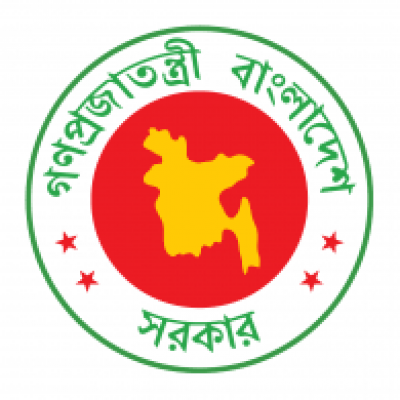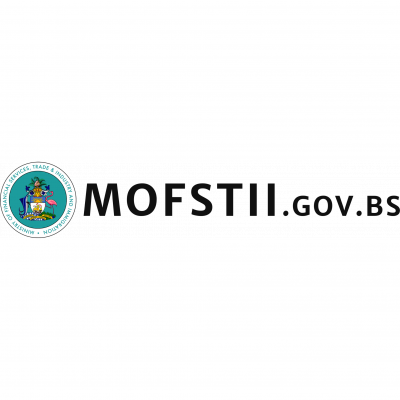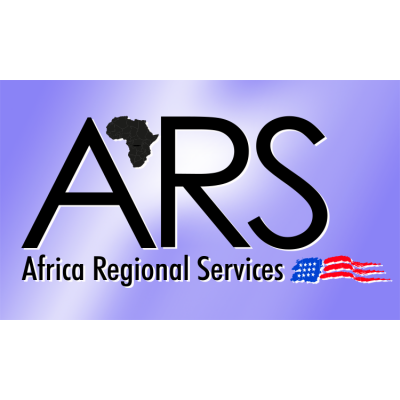
Department of Fisheries (under Ministry of Fisheries and Livestock)
Details
Description
Since the inception of the then East Pakistan (now Bangladesh) the DoF has had continuing as a front line public sector organization for fisheries development. After the independence of Bangladesh in 1971 the Central Fisheries Department of the then Pakistan was merged with the DoF of Bangladesh in April 1975. Later on in 1984 Central Marine Fisheries Dept. was merged with the DoF as a Marine Fisheries wing.
Organization in brief
DoF is under the administrative control of the Ministry of Fisheries and Livestock. It is headed by a Director General, who is assisted by four Directors (one reserve) and 2 Principal Scientific Officer (equivalent to Director). There are 1553 technical officers of different stairs and supporting staffs in the DoF. They render their services to achieve the mission and vision of then DoF. There are administrative set-ups at division, district and Upazila (sub-district) levels headed by Deputy Director, District Fisheries Officer and Senior/Upazila Fisheries Officer respectively. Besides these, there are three fish inspection and quality control stations under DoF. Furthermore DoF also comprises of Marine Fisheries Station, Fisheries Training Academy, Fisheries Training and Extension Centers, and Fish Hatcheries.
Mandate
To disseminate improved aquaculture technologies through training and demonstration and to extend extension advisory services to the focal stakeholders.
To enhance fisheries resources through enacting conservation and management measures.
To assist the administrative ministry to formulate policies, acts etc.
To enforce quality control measures and issuance of health certificates for exportable fish and fish products.
To conduct fisheries resources survey and assessment of stock to develop fisheries database for proper planning.
To facilitate arrangement for institutional credit for fish and shrimp farmers, fishers and fish traders and entrepreneurs.
To facilitate alternative income generating activities for rural poor and unemployed people towards poverty alleviation.
To formulate and implement development projects /programs towards sustainable utilization of fisheries resources to ensure food security.
To disseminate improved aquaculture technologies through e-Extension service
Sister Organisation
a. Bangladesh Fisheries Research Institute (BFRI)(www.fri.gov.bd)
BFRI is an autonomous organization under the Ministry of Fisheries and Livestock. This institute had been established in 1984. Under this institute there are 6 stations located at Mymensingh, Chandpur, Rangamati, Cox's Bazar, Bagherhat and Paikgacha (Khulna); and four substations at Santahar, Jessore, Barisal and Saidpur. These stations conduct basic and applied research on freshwater aquaculture, inland fisheries management, lake management, fish diseases, marine fisheries, brackish water aquaculture, fish breeding genetics etc. Some of the technologies innovated by this institute are being disseminated to the fields by DoF.
b. Bangladesh Fisheries Development Corporation (BFDC)(www.bfdc-gov.org)
BFDC is also an autonomous organization under the Ministry of Fisheries and Livestock. This corporation had been established in 1964. BFDC is mainly involved in harvesting fisheries resources and developing marketing facilities in the country. BFDC has established fish harbors, landing and distribution centers, ice plants and processing plants in several locations of Bangladesh. In the past, BFDC played a vital role in supplying safe and quality fish in the domestic market.
c. Marine Fisheries Academy (www.mfa-mofl.net)
The Academy was established in 1973 with the technical assistance from former USSR to maintain proper and optimum management of sea fishes through developing expertise for Marine Fisheries. Ti is entrusted to train cadets skillful through modern techniques and equipments, in order to meet the challenges of millennium in shipping sectors. On completion of three years training in the academy qualified cadets are awarded with BSC (pass) degree from National University.
d. Fisheries and Livestock Information Department (FLID) (www.flif.gov.bd)
FLID is established in 1986 under the Ministry of Fisheries and Livestock which has four branches in Dhaka, Rajshahi, Barisal and Comilla. This department of many booklets and leaflets to transfer latest technologies and update information regarding the development activities in the fisheries and livestock sectors. A monthly bulletin is also published from FLID which have many update news, technology and information about fisheries and livestock development activities.
Fisheries Sector: Prospects and Potentials
a. National Contribution
Fisheries sector contributed 3.57% to national GDP and 25.30% to the agricultural GDP and 1.5% to foreign exchange earnings by exporting fish and fish products in 2017-18. Fish provides 60% of national animal protein consumption. Fisheries sector also plays an important role in rural employment generation and poverty alleviation.
b. Source of Fish Production
There are three categories of major fisheries resources, these are-
Inland Capture (28.45%)
Inland Culture (56.24%)
Marine Capture (15.31%)
c. Inland Fisheries
Inland fisheries comprises of rivers, ponds, estuaries, beels, floodplains, haors, baors, brackish water etc. There are 260 fish and 24 prawn species in inland fresh water in the country. In early sixties inland fisheries contributed about 90% of total fish production of the country. Fish production from aquaculture has increased to a great extent but open water fish production is in slow progress. Now only about 28.45% of total fish production comes from inland open water.
d. Marine Fisheries
The Bay of Bengal is situated in the South of Bangladesh. There is a total of 166,000 sq. km. water area including Exclusive Economic Zone (EEZ). Fishing is only confined within 200-meter depth. About 255 trawlers, 67669mechanized and non-mechanized boats are engaged in fishing. Pelagic and deep-sea resources are still untapped. In the year 2017-18 total fish production from Marine source was 6.55 lac metric MT.
Recently Bangladesh has got the right to access 1.00 lac sq. kilometer water area in Bay of Bengal through International Tribunal for the Law of the Sea (ITLOS) by the visionary and pragmatic leadership of Honorable Prime Minister Sheikh Hasina. DoF has planned to assess the fisheries resources in the Bay of Bengal for maximum sustainable yield. A research vessel is under process of procurement to conduct appropriate stock assessment. Vessel Tracking Monitoring System will also be developed.
Country eligibility
Circumstantial eligible countries
Tender Management Modes
WB
IFAD
Grant Management Modes





